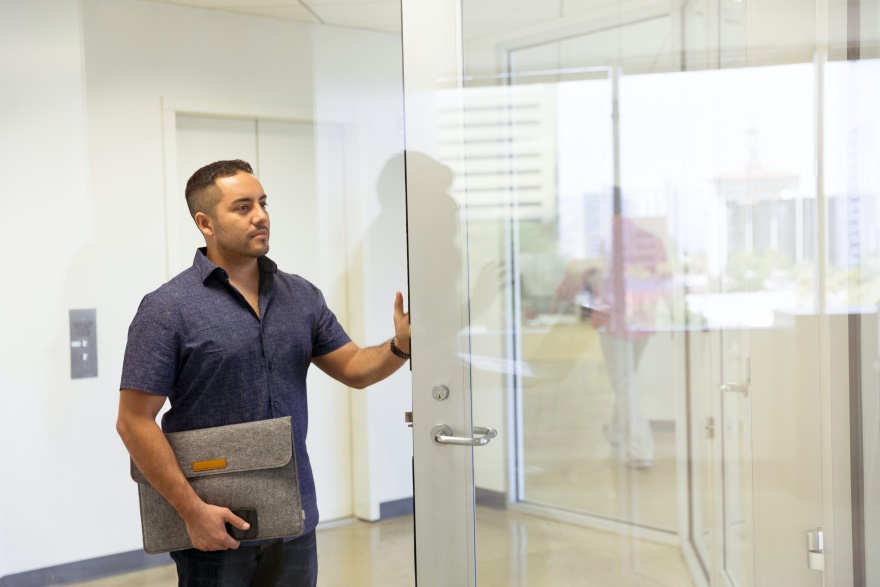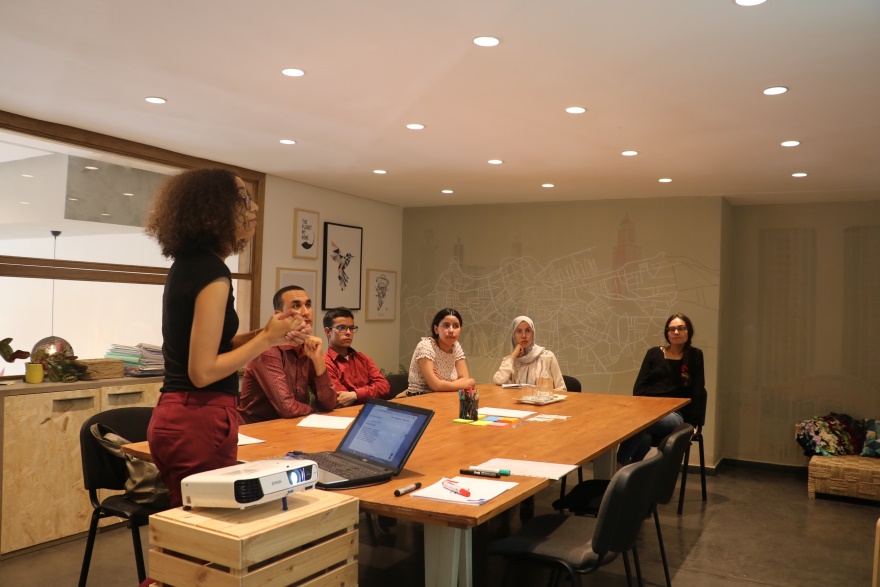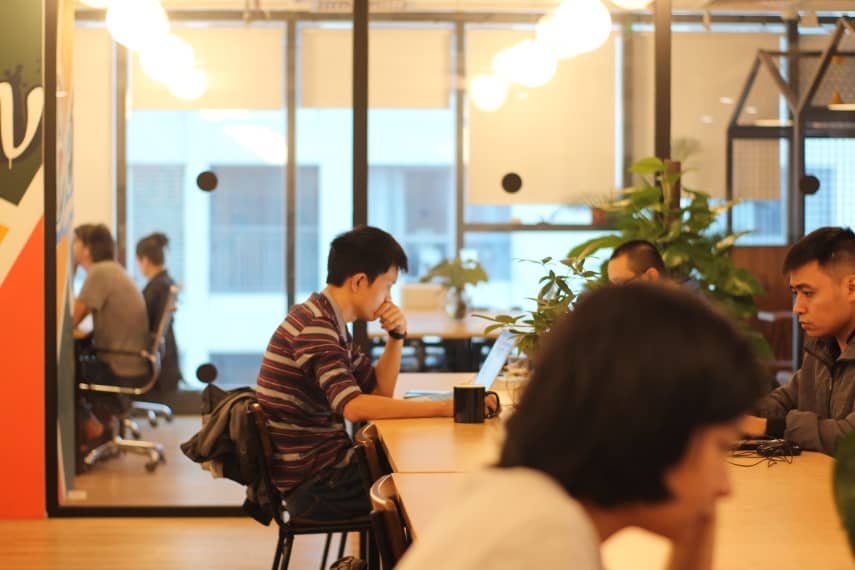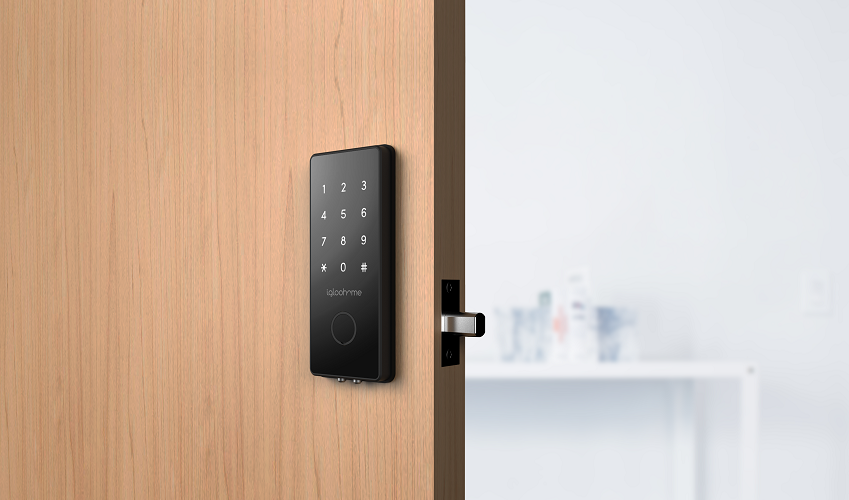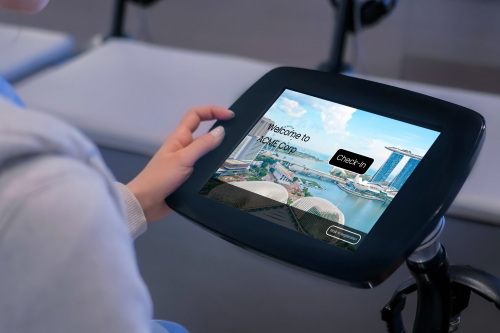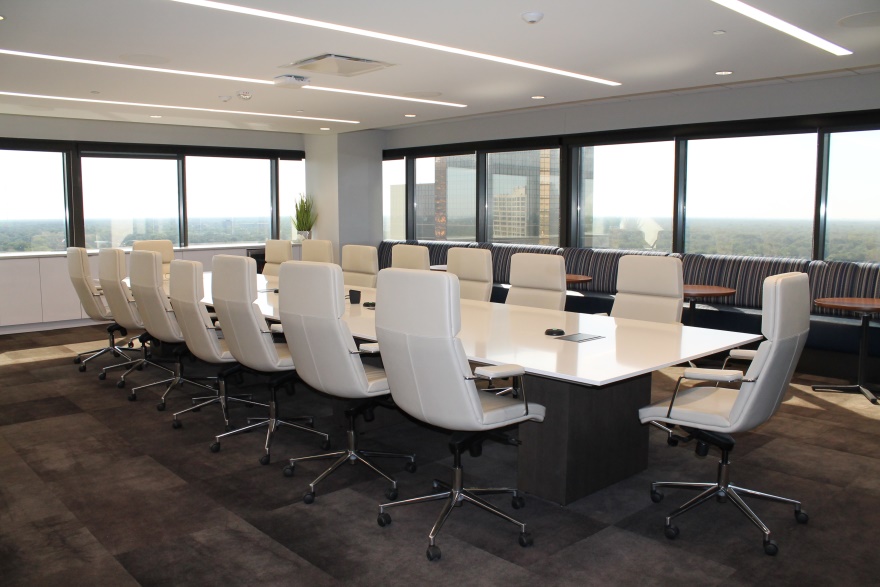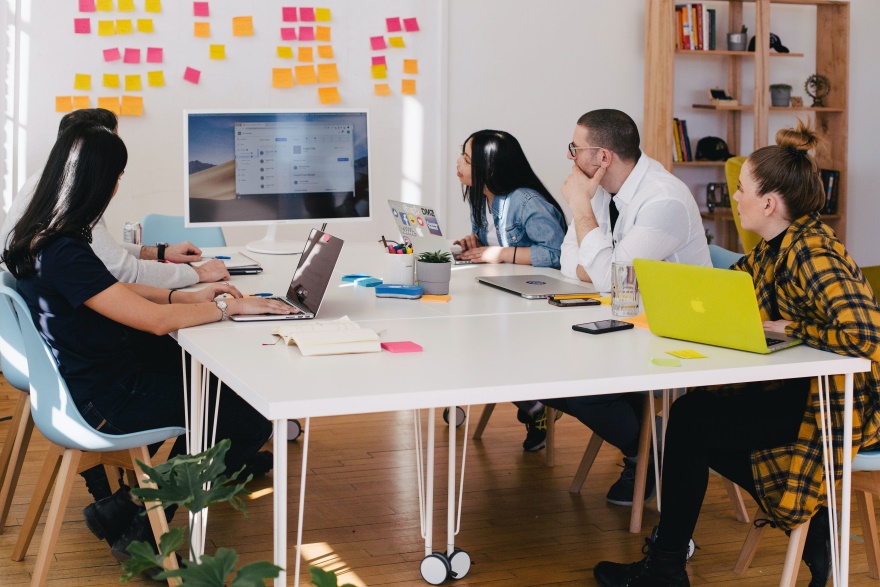Are you moving to a new office?
Remember, workplace technology can make your business cost-effective and your employees more productive.
Organizations that are moving into a new office space are increasingly adopting digital technologies. According to a source, the value of the digital workplace market is set to surpass $75 billion by 2027.
When asked, 87% of CIOs said that they believed digitally empowering employees can drive at least 5% additional revenue growth over 3 years.
When moving into a new office, enthusiasm is high. People look forward to working in a new environment. A new office brings with it new expectations regarding the environment, culture and amenities.
Digital tools need to be built into the office architecture from the outset. They provide a great office experience for your employees, resulting in enhanced productivity, greater employee morale and an improved image of your organization.
In this article, we share some of the key digital tools that can be built into your new office space design.
Room Booking System
Meeting rooms form a core component of the office. It is common to have more meeting rooms when companies move to a new office or upgrade their existing office space.
Everyone feels the pain of not having a room available for that important video conferencing call with the client or for an important presentation.
Workplace technology in the form of a room booking system can provide the much-needed efficiency in meeting room usage.
From controlling access to ensuring there are no ‘no shows’ through automated cancellations of unoccupied meetings, a room booking system can bring improved efficiency in usage.
Room display panels can be mounted outside the meeting rooms to augment the room booking system. These displays provide an easy way to check and reserve meeting rooms.
The ability to manage bookings from the screen with a simple tap of the staff card or a pin code can dramatically improve efficiency. Colour-coded lights provide easy visibility of available rooms.
Hot Desking System
With hybrid work becoming the norm these days, desk booking systems are gaining popularity in small as well as large organizations.
Today’s mantra is to maximize space usage while reducing operating costs by being able to share space between employees. Hot desking can help companies optimize shared space usage while allowing employees to move around the office instead of occupying the same desk always.
Employees can see the layout of the office by accessing the desk booking system on their web browser or on their mobile app and book an available desk. Colour-coded LED lights provide the ability to see available spaces with a simple scan across the floor.
Smart Locks
Smart locks are also gaining adoption in the corporate world. Most smart lock companies now target enterprises that want to control access to secured assets.
With smart locks integrated with a room or desk booking system, offices can now have automated control over the rooms.
Digital Signages
In large offices, display Digital signage, like airport flight displays, can provide an overall view of spaces such as free or occupied desks and rooms or a schedule of upcoming meetings. With a single glance, employees will know what is going on in each of the spaces and when they will be free.
When placed at the reception, visitors can view hosted events and be directed to the correct location. Corporate branding videos can run side by side with real-time event information to augment the visitor experience.
Visitor Management
While security is becoming a big concern in the office, workplace technology in the form of a simplified visitor management system can provide the much-needed control over who has access to your office space.
The ability to reserve a room for the visitor and invite the visitor to that room can greatly improve efficiency, especially when there are changes to the timings or the location. A unified interface can help to inform the visitors as well as the front desk of any changes.
Hosts can be notified immediately when a visitor arrives, giving him/her a positive experience when visiting your office.
Concluding
The first step towards a smart office is in the adoption of digital tools that can help gather as well as disseminate information.
Workplace technology has evolved to become more human-friendly, adapting to the needs of the user. While implementing such tools, it will be wise and cost-effective to build them in the outset, into your office space design.
Cheers!
